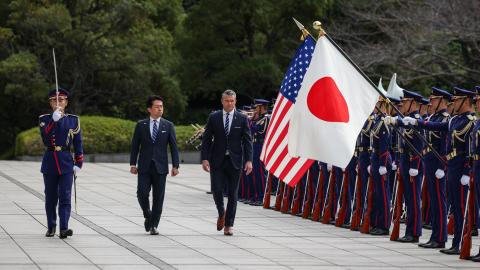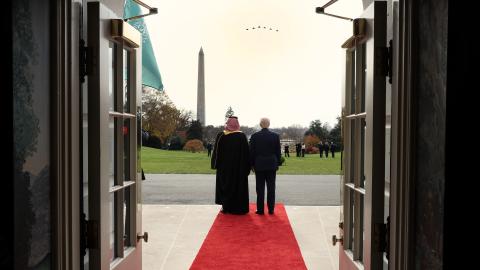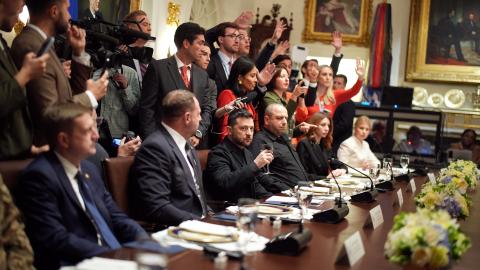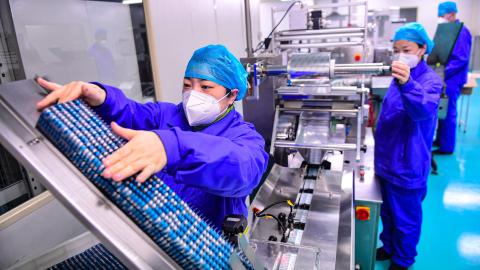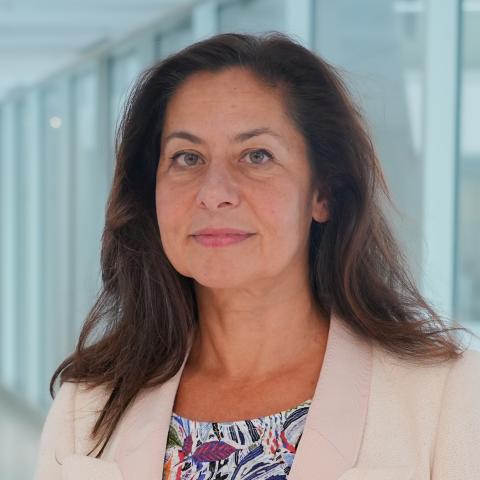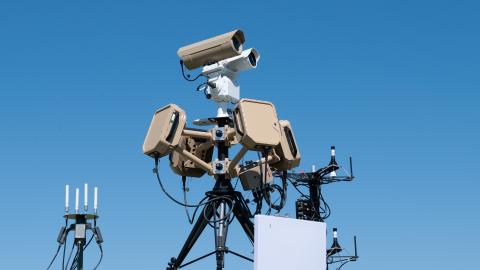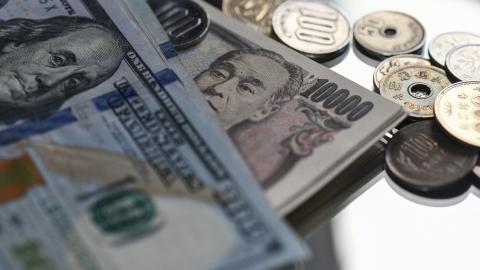On September 26, Katsunobu Kato, Japan’s minister of finance, made two announcements regarding the direction and funding of the $550 billion strategic investment fund that the United States and Japan agreed upon in tariff negotiations. To read Hudson’s initial analysis of this fund, click here.
Details
1. Expanded Funding Flexibility
The Japanese government approved a cabinet ordinance amendment to the Japan Bank for International Cooperation (JBIC) Act. JBIC is Tokyo’s counterpart to Washington’s International Development Finance Corporation (DFC). Much of the Japanese institution’s work—equity, loans, and loan guarantees—focuses on the developing world. But since 2022 it has expanded its work in developed countries from infrastructure and energy to medical equipment, semiconductors, biopharmaceuticals, and electric vehicles. Kato’s September 26 announcement expands JBIC’s involvement in the developed world further by amending the JBIC Act.
The September 4 memorandum of understanding (MOU) that created the $550 billion strategic investment fund states that all projects must comply with US and Japanese domestic law and regulations. Tokyo therefore needed to amend and clarify the JBIC Act so that the $550 billion fund could go toward automotive and pharmaceutical projects. This change signals that such projects are increasingly likely.
2. Clarification of Funding Mechanisms
Kato also announced the creation of JBIC’s Japan Strategic Investment Facility, which will be active from October 2025 to March 2029. The facility’s announcement clarifies that it will support the overseas expansion of Japanese companies in nine key economic and security sectors: semiconductors, pharmaceuticals, steel, shipbuilding, critical minerals, aviation, energy, automobiles, and the development of artificial intelligence and quantum technologies.
Discussions among government, industry, and financial officials in both countries since September 4 have centered on how Japan will raise the $550 billion and the fund’s ramifications. The September 26 statement provides some clarity. Japanese government officials stipulated that JBIC’s strategic investment facility will have three sources of funding: (1) dollar-denominated JBIC bonds, (2) Japanese government loans to JBIC in yen, and (3) a transfer of Japan’s foreign currency reserves. The final source is most significant, as it is intended to be “supplemental” and “near-infinite,” drawing on Japan’s foreign reserves, which totaled $1.324 trillion as of August 2025.
In addition to the strategic investment facility, private financial institutions will also provide loans and make investments. Many of these are likely to be in the form of loan guarantees, backed by Nippon Export and Investment Insurance (NEXI), Tokyo’s export credit agency and the counterpart to Washington’s Export-Import Bank.
Significance
First, the funding plan makes sense: JBIC will raise, generate, and provide the funding for these projects. As JBIC uses dollar-denominated bonds, the White House can back and facilitate these projects through expedited regulatory review and access to federal land, energy, and other resources. When necessary, Japan can tap into its $1.3 trillion of foreign reserves, and private banks can also chip in.
Second, Minister Ryosei Akazawa, who negotiated the $550 billion strategic investment fund, reassured stakeholders that the funding mechanisms would not affect foreign exchange. This was a major concern for South Korea, as Seoul could not commit to a similar strategic investment fund. Similarly, some observers speculated that after the July trade deal, the US and Japan would discuss currency rates—even though both Kato and US Treasury Secretary Scott Bessent affirmed in May 2025 that “at present, the dollar-yen exchange rate reflects fundamentals.”
Japan’s plans should discourage any new actions on currency policy. JBIC’s sales of dollar bonds will not move the exchange rate because the bank will raise and spend dollars without currency trades. Likewise, Japan’s use of its dollar reserves will not affect rates, as funds will simply move from Japanese government accounts to American government accounts. Yen loans being turned into dollars may strengthen the dollar and weaken the yen. But they are unlikely to have a large impact in a market that sees $9.6 trillion in trade volume daily.
Third, Japan has expanded the list of key strategic industrial and technological sectors from seven to nine since the September 4 MOU, adding aviation and automobiles to the list. Akazawa has said that it will be up to the next Japanese government to carry out the investment fund decisions. These discussions are likely underway.
Remaining Questions
Still, the announcement leaves a few questions unanswered.
- What will be the allocation between JBIC dollar bonds, Japanese government yen loans, foreign exchange transfers, and private sector loan guarantees?
Akazawa said that the US will not care about the sourcing breakdown of the $550 billion, and that allocations for projects will be determined on a case-by-case basis. But private sector banks and businesses complain that they are waiting for further guidance even as they express interest in participating.
- Will previously announced projects count toward the $550 billion?
The most prominent examples of projects that might count toward the total are Nippon Steel’s $26 billion investment in U.S. Steel and Softbank’s $100 billion investment in Stargate. According to the early September MOU, Japanese foreign direct investments into the United States that do not come from the strategic investment fund do not count toward the $550 billion. Such accounting would have the unintended effect of discouraging foreign investment in the industrial, energy, and technological revitalization of America, a key priority for the Trump administration. Whether ongoing and upcoming Japanese investments in the US count toward the total will be a major consideration going forward.
- How will Tokyo process and accept project recommendations?
Conversations with officials in Washington and Tokyo suggest that the Japanese government’s assessments of the White House’s proposed investment projects will likely include (1) the prime minister’s office, (2) the cabinet, (3) JBIC, (4) NEXI, (5) the Ministry of Finance, (6) the Ministry of Economy, Trade, and Industry, and (7) the Ministry of Foreign Affairs. But the Ministry of Finance will have the final say. It is worth monitoring whether Sanae Takaichi, the most likely candidate to be Japan’s next prime minister, will clash with this ministry as she potentially implements an expansionary fiscal and finance agenda.
October 2025 will be a key month for US-Japan ties, with the new government in Tokyo set to come into power on October 15 and President Donald Trump set to meet the new prime minister on October 27. Anxious government, industry, and banking officials on both sides of the Pacific will be watching these developments closely.
